The construction sector in the United States has had a good first quarter but construction economists admit they can’t ignore the possibility that world constraints might conspire to cause GDP contraction – or even recession.
ConstructConnect hosted five economists May 10 for an online presentation billed as State of the Construction Industry: 2022 and Beyond. The webcast was produced in collaboration with the American Institute of Architects (AIA) and the Associated General Contractors of America (AGC).
Event host Paul Hart, ConstructConnect’s vice-president of product marketing, acknowledged the uncertainty in the global and domestic economies.
“I’ve used the word ‘unprecedented’ a lot,” said Hart. “The generational milestones just haven’t stopped. Now we’ve got a global pandemic and a disruption or complete malfunction of global supply chains, social and political upheaval, inflation at 40-year highs and now a ground war in Europe.”
AIA chief economist Kermit Baker outlined two sets of economic indicators, one that pointed to possible recession and the other indicating growth.
“Most feel that we’re not entering a recession at present, but rather we’re feeling the fallout from supply chain problems, rising inflation and winding down of federal stimulus spending,” Baker said, adding most economists acknowledge the economy is likely to continue to be challenged in upcoming quarters.
The negative indicators include the spike in oil prices, interest rates tightening, a weak stock market, an inverted interest rate yield curve and high inflation.
But, he said, “there’s another set of indicators suggesting that the economy will continue to grow at a fairly healthy pace.”
They include strong job growth, record corporate profits, increasing consumer spending and business investment, healthy household balance sheets due to aggressive government stimulus, and high levels of home equity.
In any event, Baker said, earlier predictions for strong growth throughout 2022 have been scaled back.
After declining in 2020 and 2021, construction spending on buildings is off to a strong start this year, up 6.3 per cent, Baker reported. The highlight is manufacturing, up 33.7 per cent in Q1 compared with last year. Lodging was down 27.4 per cent.AGC chief economist Ken Simonson suggested the U.S. economic recovery would continue but the invasion of Ukraine and Western countermeasures will add to costs and supply chain pressures.
Construction is facing a lower rebound than other sectors as owners, investors, lenders, institutions and public agencies face uncertainty about future demand, costs and completion times.
Continuing cost and supply challenges may lead to more project deferrals, said Simonson.
The best current prospects for investors are in manufacturing, distribution, data centres and renewable energy.
But construction job openings were distressingly high, he said. A major worry in his view is that construction growth will be inhibited by lack of manpower.
“Contractors would have hired twice as many people as they were able to find in the month of March,” said Simonson.
“In fact, the unemployment rate for people with construction experience who are currently out of work and looking for a job was at an all-time low for April.”
The biggest growth sectors in the first quarter of 2022 compared with the comparable period last year included warehouse, up 22 per cent; retail, 19 per cent; and manufacturing, 34 per cent; Another major growth sector was manufacturing of computers and electronics, up 238 per cent in Q1 over Q1 last year.
ConstructConnect chief economist Alex Carrick spotlighted a long list of new projects coming onstream, many large enough to be considered megaprojects, and noted an emerging new economy.
Take note, he said, of “projects that are new, that we really haven’t seen before, like hydrogen, addressing the energy shortage.”
Examples of the new construction economy include Green Hydrogen International’s 60-gigawatt hydrogen production and salt cavern storage hub to be built in Hydrogen City in south Texas, and another plant to be built near Corpus Christi, Texas that will supply rocket fuel for SpaceX.
All the legacy carmakers are now involved in building new electric vehicle plants, with Ford partnering with SK Innovation to build the F-150 Lightning.
Vietnamese firm VinFast is spending $2 billion on a plant to build EVs in North Carolina and GM and Ford are spending billions on the sector in Michigan, Kentucky and Tennessee.
ConstructConnect senior director of content services Fonda Rosenfeldt offered another source of insight, data from the firm’s research department. There have been 470,000 unique projects reported in the last 12 months; 222,000 companies added or modified to ConstructConnect logs in last 12 months; and project documents collected on over 160,000 projects in the last year.
ConstructConnect senior economist Michael Guckes issued an alert on another trend in the market – the growth of single-family rental homes, which he called “one of the hottest markets in the residential space.”
The main reason is the growing affordability problem.
“So many households just can’t afford to buy a home. They’re going to be forced to be in the rental market,” said Guckes.
Follow the author on Twitter @DonWall_DCN.


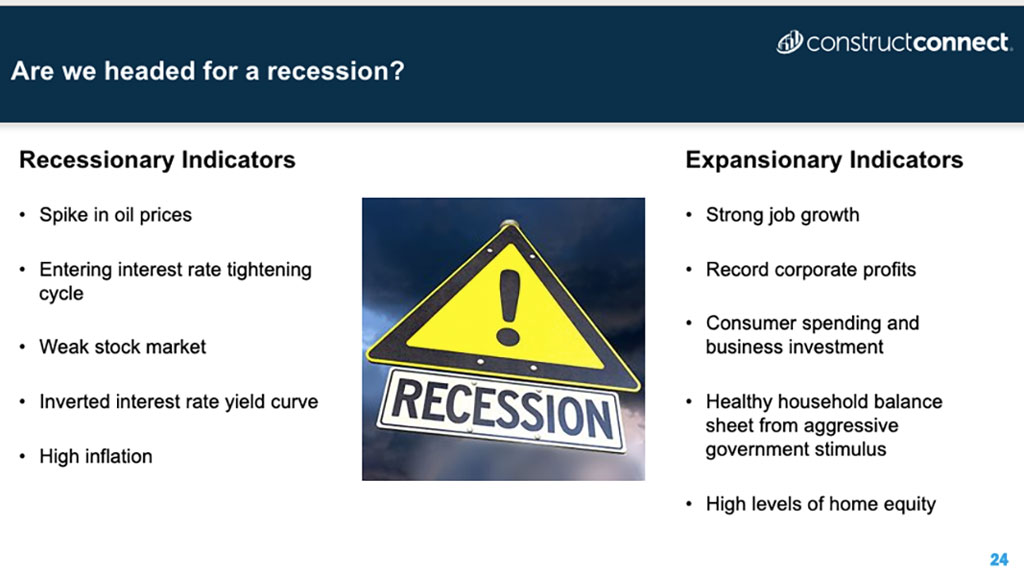


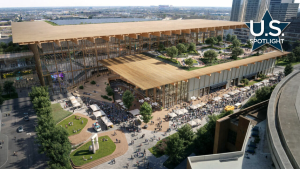

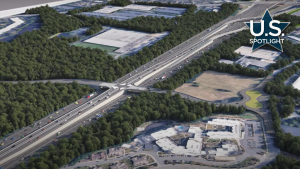
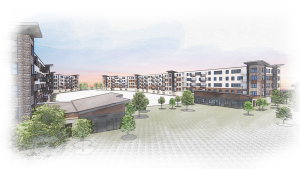

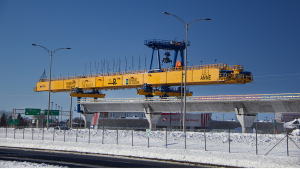
Recent Comments
comments for this post are closed